RONNY HANSSON * JONAS KJELLGREN * STIG SJÖLUND
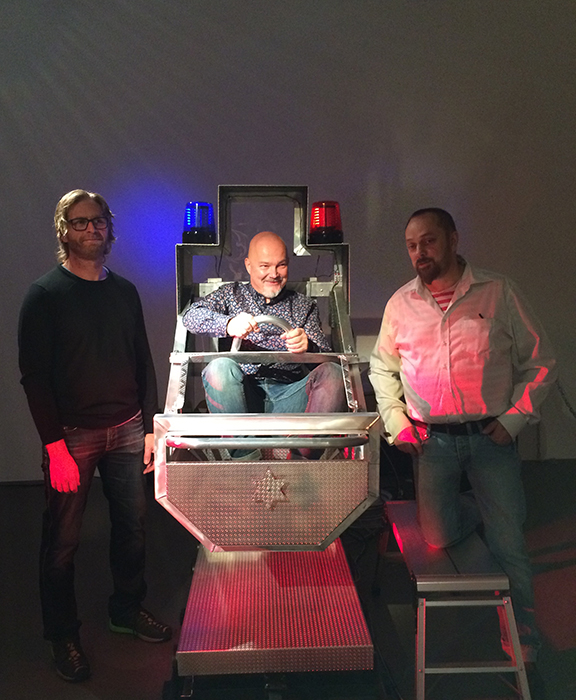
JONAS KJELLGREN RONNY HANSSON STIG SJÖLUND
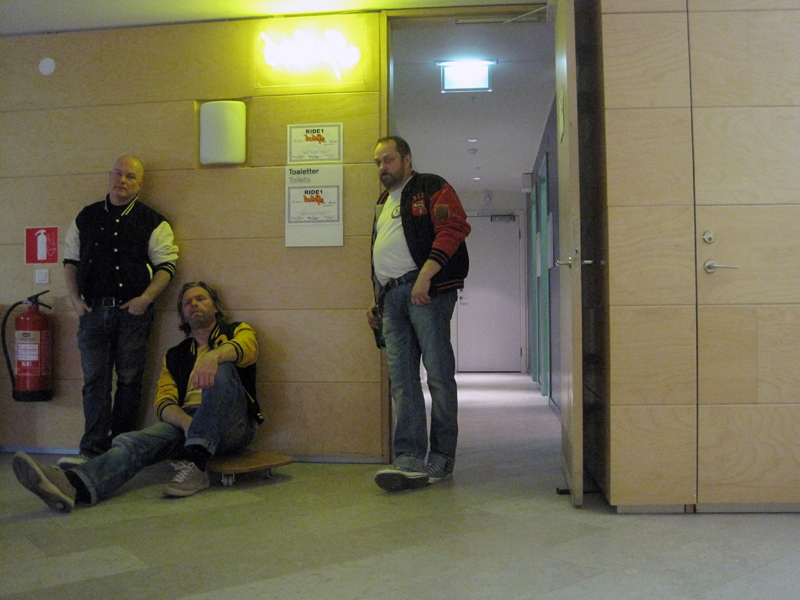
Ronny Hansson Jonas Kjellgren Stig Sjölund
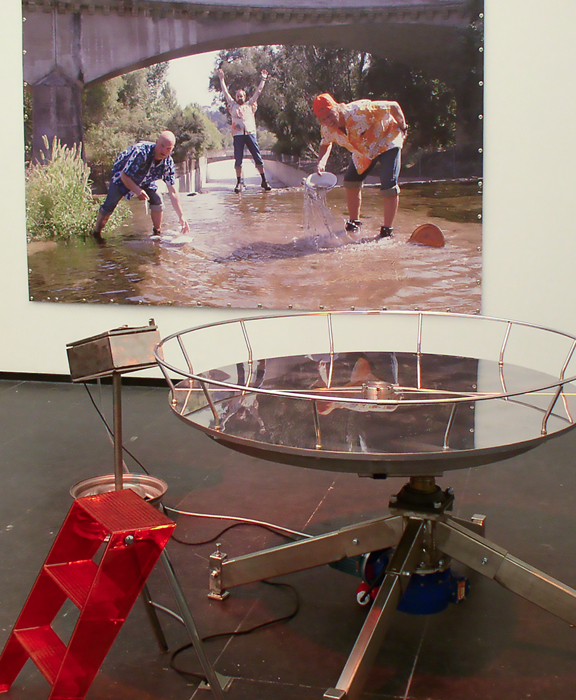
Ride1:4
Ronny Hansson Jonas Kjellgren Stig Sjölund

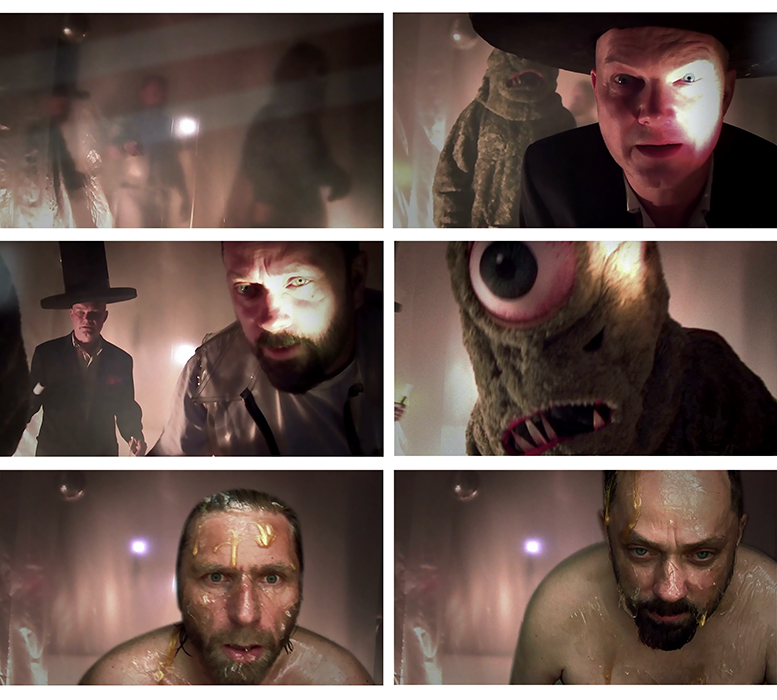
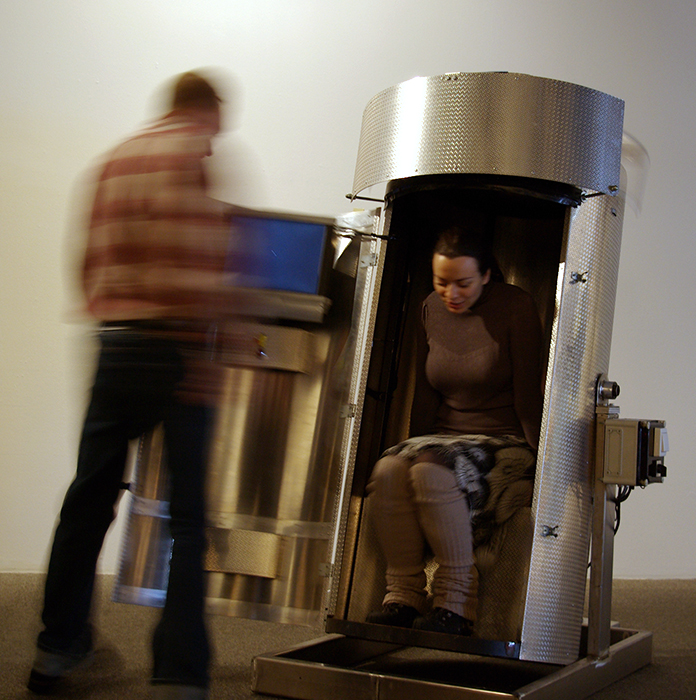
Ride1:4 and filmstills.
Ronny Hansson Stig Sjölund Jonas Kjellgren

Ronny Hansson Stig Sjölund Jonas Kjellgren
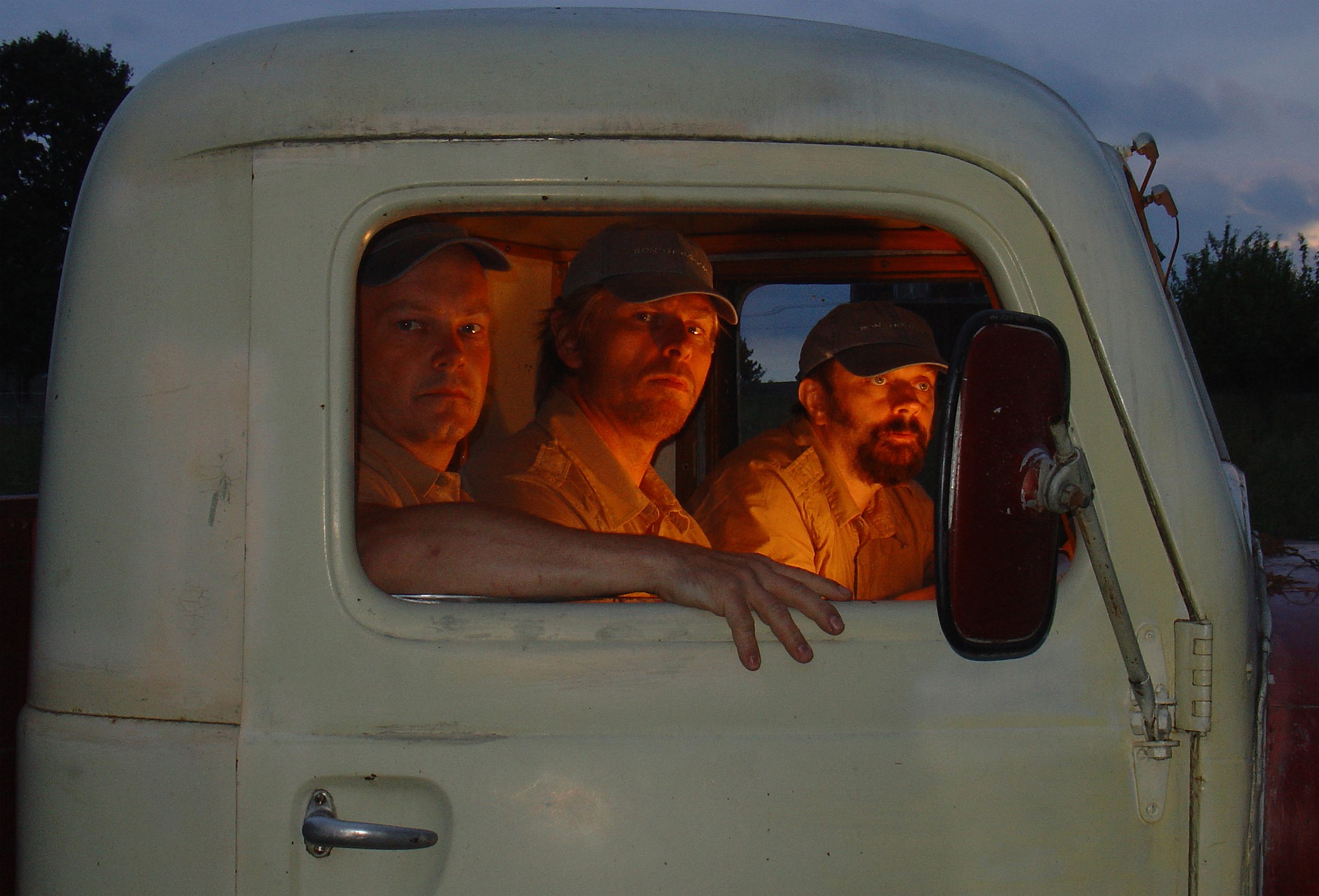
Ronny Hansson Jonas Kjellgren Stig Sjölund
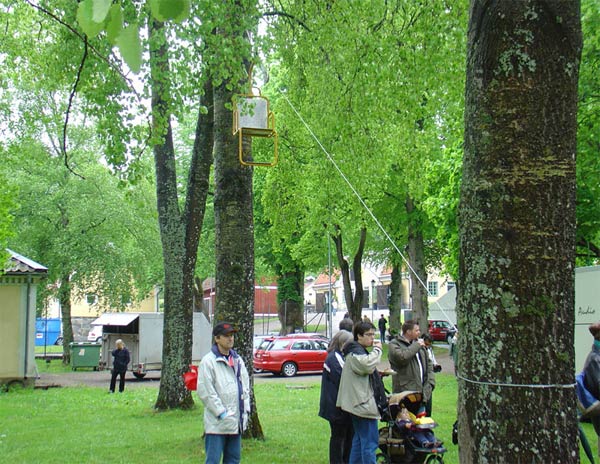
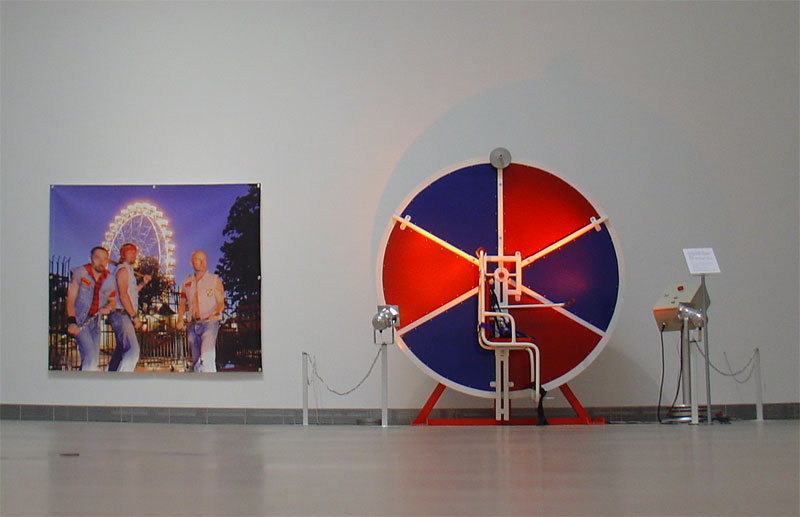
Contemporary art can generally be characterized by profoundness, political exclamations
and alleged interactions. In today’s art one can find a political pathos with an intensity
not seen since the mid seventies. This could have been a good thing. Movements and
reactions dealing with injustices can no society of today see too much of. In the world of
art on the other hand, political awareness, fierce talk about injustices concerning gender,
labor, class, environment and so on, can frankly become quite boring.
To avoid misconceptions it’s important to be precise when one discusses these matters.
As stated: society in large can and should be closely scrutinized concerning injustices of
any kind. Regarding this there should be no doubt. The artworld’s concern about social
injustices on the other hand, there should be doubt about. Not that the artworld’s
concern cannot be of importance. It probably has had, and will have importance in an
educational perspective. Art as political enlightment has since sometime formed to a norm.
And norms can at times be quite smothering.
In the eighties and in the beginning of the nineties the artworld norm was structured
around semiotics, the sign and the code – reality was a simulacrum and one could never
reach real reality, and so on. This streak of philosophy was after a while perceived as to
be rather tiresome. Then a new norm formed, and it was something else. Suddenly, no one
cared about if everyday life could be signified as this or that. Everyday life, social interaction,
The World – was there for artists or anyone to use. Pragmatics of life
won over deconstruction and philology. In this renewed awareness of life and reality, art
with its traditions blended with a use of reality to a new life/art norm. A norm
characterized by a minimum of philosophy but instead characterized by a down to earth
social anxiety. One can resemble this anxiety with a sense of guilty nervousness. And
this nervousness has over the years, been the hotbed for numerous art seminars dealing
with – to name just one example – colonialist relations.
Social ponderings has been dominating the artworld for more than ten years. Thus one
can speak of art being in a state of normality. In this state, there have obviously been
artists who has differed or even reacted against this. Nonetheless, the norm which tells
us art is opposition and social critique has clearly dominated the art space, the media
fuzz, the theory and the art academies. Repetitions and amplifications of preceding ideas
are – of course with exceptions – just tedious. In a context like this, but as exceptions of
it Ronny Hansson, Jonas Kjellgren and Stig Sjölund have an ongoing collaboration. The
Ride1 project can be seen as a reaction against the politically correct, the agreeable and
at the same time perplexed contemporary art. Ride1 do not consist of some avant
garde smugness, of no speak of an around the corner revolution, and there’s definitely
no grand social critique. Ride1 can be seen as a wake up call and a thorn in the side to a
perfectly normal artworld. Ride1 show us today, what really was anachronistic yesterday.
Ride1 is un-pretending art. Art that consist of frank non ironic humor, pleasure, self-
righteousness, honesty and a tangible sincerity. Art is often weighed down by
expectations to be something else than what it first seems to be. Ride1 can though also
be seen as something else. But then, not in your traditional symbolic and metaphoric
way. No, the art of Ride1 is almost the opposite of the metaphorical or the symbolical
art. And they don’t present poetic statements concerning worldly ordeals. How hard is it
to see artifacts for what they are? Could it just once be that; I see what I see? You could
always make things up; you could always put it in a tradition – in an historical context.
And for anyone involved with art, that of course, is easy. But to see what you see,
without making up meanings burdened by history seems to be harder than ever. The
Ride1 experience doesn’t crave your metaphor, but then invites you to experience.
Rikard Ekholm